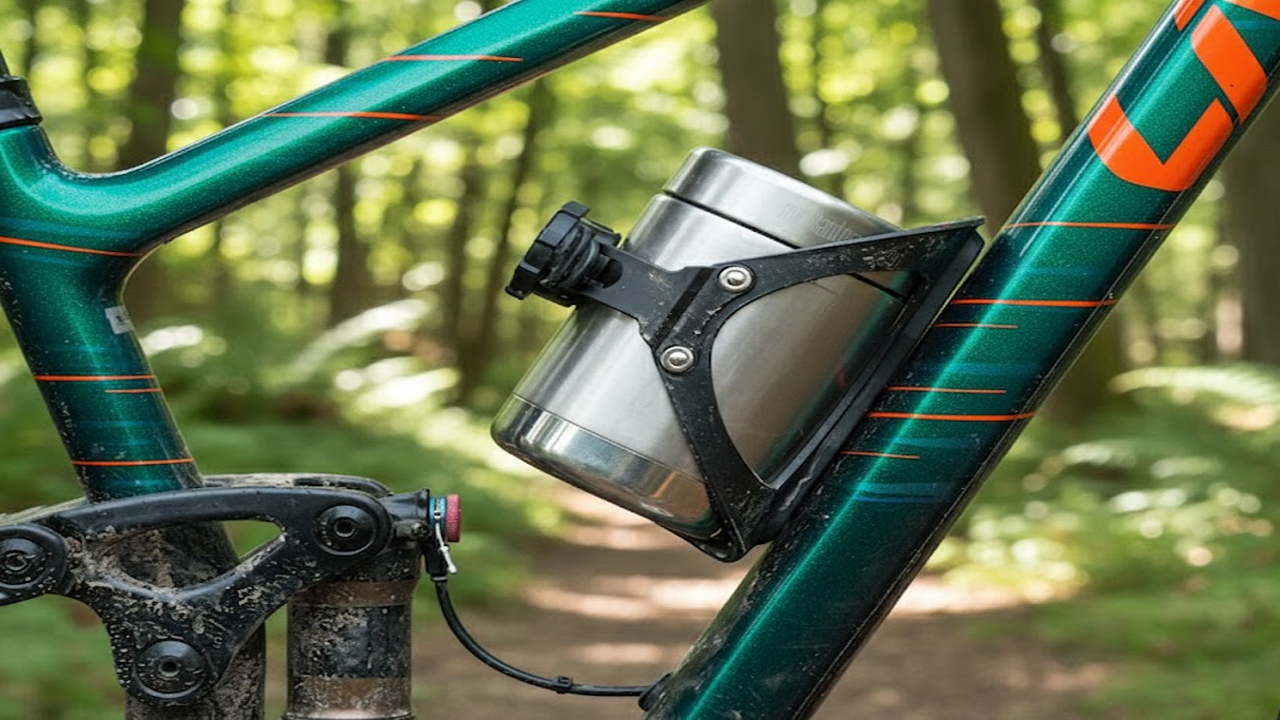Trail riding demands more than just a good bike. Whether you’re tackling technical singletrack or cruising through forest paths, having the right gear can make the difference between a smooth ride and a frustrating one. Essentials like clean water systems, flat pedals, 3/4 helmets, and Fox pads are not just accessories-they’re foundational tools for safety, comfort, and performance. These items cater to both casual riders and seasoned mountain bikers, offering protection, hydration, and control in unpredictable terrain.
How do clean water systems improve trail endurance?
Hydration is non-negotiable on the trail. Clean water systems, such as hydration packs or portable filters, allow riders to stay refreshed without relying on bottled water or uncertain sources. A good hydration setup includes a lightweight reservoir with a high-flow bite valve, easy refill access, and insulation to keep water cool. Some riders opt for minimalist bottles mounted on the frame, while others prefer full hydration backpacks with storage compartments. The key is accessibility-being able to drink without stopping keeps your rhythm intact and prevents fatigue.
Why are flat pedals favored by trail riders?
Flat pedals offer unmatched versatility and control, especially in technical terrain. Unlike clipless systems, flat pedals allow quick foot repositioning and easy dismounts, which is crucial when navigating roots, rocks, or steep descents. Modern flat pedals feature wide platforms, aggressive grip pins, and durable materials like aluminum or composite. They pair well with sticky rubber shoes, giving riders a confident connection to the bike without being locked in. For beginners and advanced riders alike, flat pedals are a smart choice for trail exploration and skill development.
What makes 3/4 helmets ideal for trail protection?
The 3/4 helmet strikes a balance between coverage and ventilation. Offering more protection than a standard half-shell but less bulk than a full-face, it’s designed for aggressive trail riding where falls are possible but high-speed crashes are less likely. These helmets cover the back and sides of the head, shielding vulnerable areas while maintaining airflow. Many models include adjustable visors, goggle compatibility, and advanced impact foam. Riders appreciate the comfort and confidence a 3/4 helmet provides, especially on technical trails or enduro-style rides.
How do Fox pads enhance safety and mobility?
Fox pads are a staple in trail protection, known for their ergonomic design and reliable impact absorption. Whether you’re wearing knee pads, elbow guards, or full body armor, Fox gear is engineered to move with you while shielding critical joints. Their pads use breathable fabrics, flexible shells, and secure straps to stay in place without restricting motion. On rocky descents or jump lines, Fox pads reduce the risk of injury and allow riders to push their limits. They’re especially valuable for downhill sessions, bike park laps, or any ride where falls are more likely.
When should you upgrade your trail gear?
Upgrading trail gear depends on wear, performance, and evolving riding style. If your hydration system leaks or feels bulky, it’s time for a sleeker model. Flat pedals with worn-out pins or cracked platforms should be replaced to maintain grip. A 3/4 helmet that’s been through a crash or shows signs of aging foam needs immediate replacement. Fox pads with stretched straps or compressed padding lose their protective value. As you progress in skill and tackle more challenging terrain, upgrading to gear that matches your needs ensures safety and enjoyment.
What should you look for in clean water systems?
When choosing a clean water system, consider capacity, weight, and ease of use. A 1.5 to 2-liter reservoir suits most trail rides, while longer adventures may require 3 liters or more. Look for systems with antimicrobial linings, leak-proof seals, and quick-disconnect hoses. Some riders prefer modular setups with detachable filters for refilling from streams. Others opt for insulated bottles that keep water cool in hot conditions. The goal is to stay hydrated without adding unnecessary bulk or complexity to your ride.
How do flat pedals influence riding technique?
Flat pedals encourage active footwork and dynamic body positioning. Riders learn to weight their feet properly, adjust stance mid-corner, and bail safely when needed. This builds foundational skills like bunny hopping, manualing, and cornering with confidence. Flat pedals also promote better feedback from the trail, helping riders feel terrain changes and respond quickly. For those transitioning from road cycling or clipless systems, flat pedals offer a refreshing sense of freedom and control. They’re especially useful in wet or muddy conditions where quick foot placement is essential.
What features define a high-quality 3/4 helmet?
A top-tier 3/4 helmet includes multi-density foam for impact absorption, a secure retention system, and ample ventilation. Look for models with MIPS or similar rotational impact protection, which reduces brain strain during angled crashes. Adjustable visors help block sun and debris, while extended rear coverage protects the occipital region. Lightweight construction ensures comfort on long rides, and sweat-wicking liners keep things fresh. A good helmet should feel snug without pressure points and stay stable even on rough terrain.
How do Fox pads balance protection and comfort?
Fox pads are designed to be worn for hours without discomfort. Their pre-curved shapes match natural joint angles, reducing chafing and pressure. Breathable mesh panels and moisture-wicking fabrics prevent overheating, while silicone grippers and elastic straps keep pads in place. Some models use D3O or similar materials that remain flexible until impact, offering both mobility and shock absorption. Whether you’re climbing, descending, or sessioning features, Fox pads provide peace of mind without compromising ride feel.
What are the benefits of investing in trail-specific gear?
Trail-specific gear is engineered for the demands of off-road riding. Clean water systems keep you hydrated without interrupting flow. Flat pedals offer control and adaptability in unpredictable terrain. 3/4 helmets provide targeted protection with minimal bulk. Fox pads shield vulnerable joints while allowing full range of motion. Investing in these essentials means fewer distractions, better performance, and increased safety. It also reflects a commitment to the sport-choosing gear that enhances your experience and supports your growth as a rider.
How do these essentials work together on the trail?
Together, these trail essentials create a cohesive riding experience. Clean water systems keep you fueled, flat pedals connect you to the bike, 3/4 helmets protect your head, and Fox pads guard your limbs. Each item plays a role in keeping you safe, comfortable, and focused. When combined, they allow you to ride longer, push harder, and explore further. Whether you’re on a solo mission or riding with friends, having the right gear transforms the trail from a challenge into a playground.

